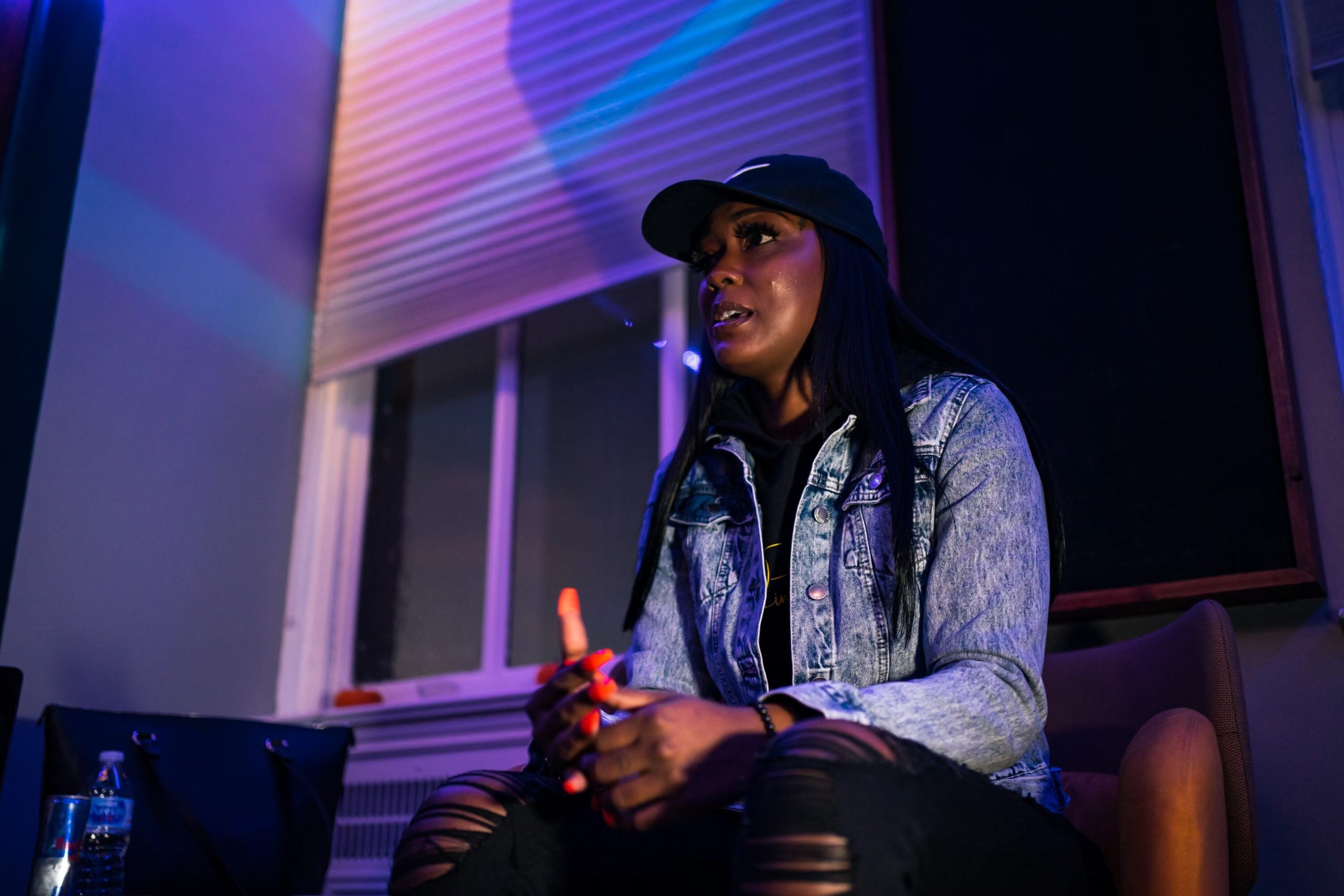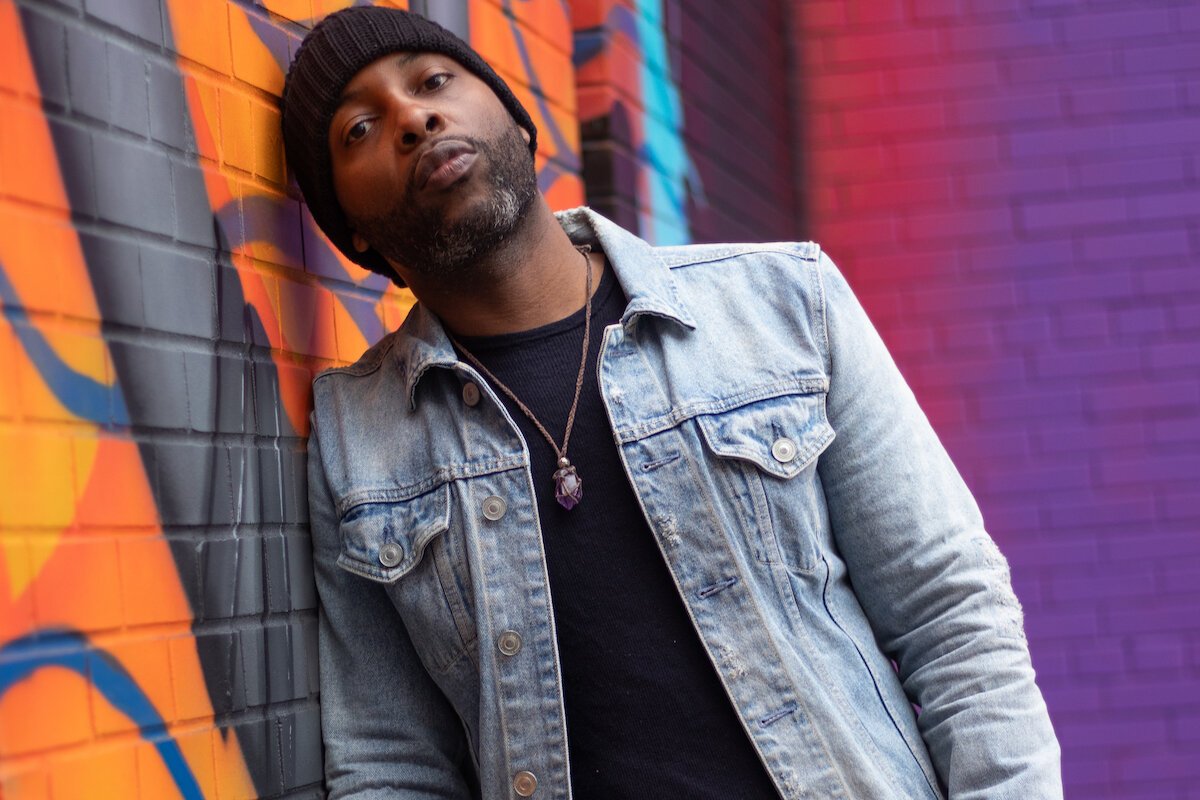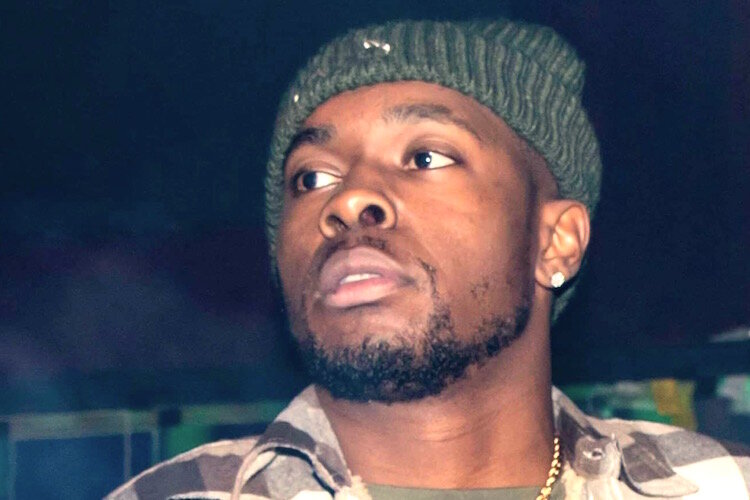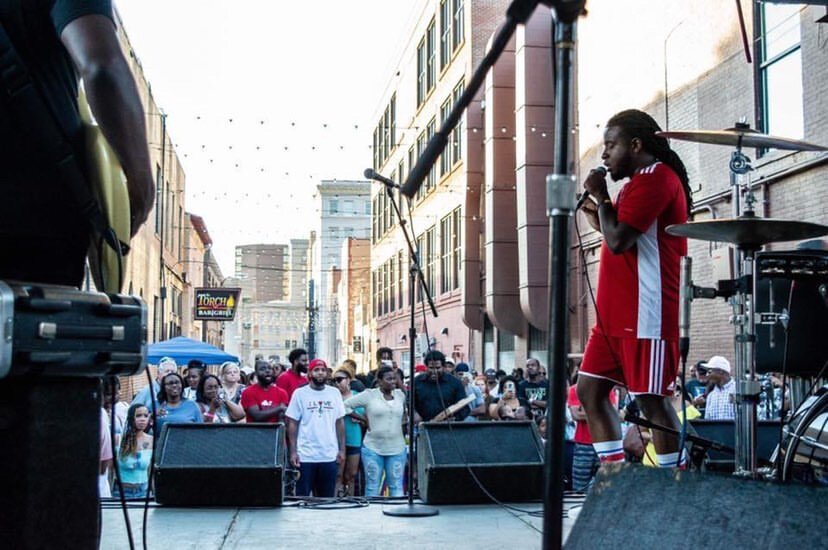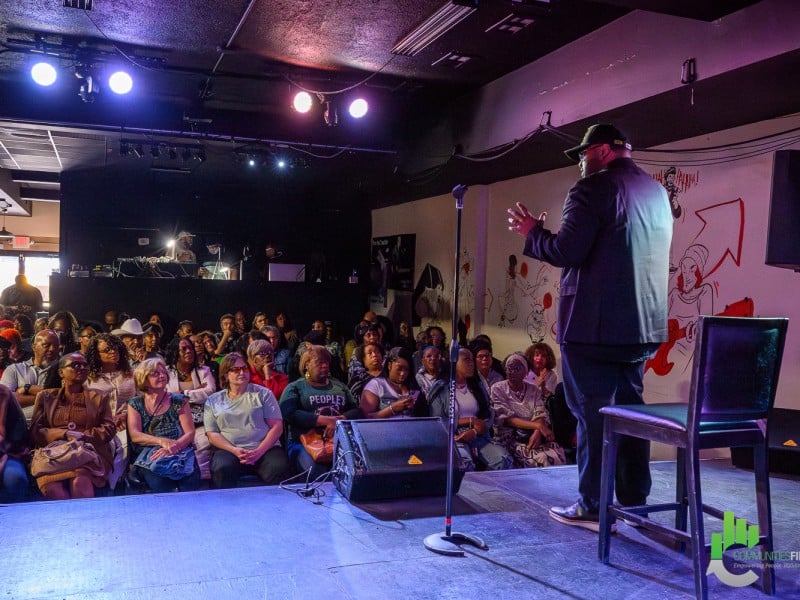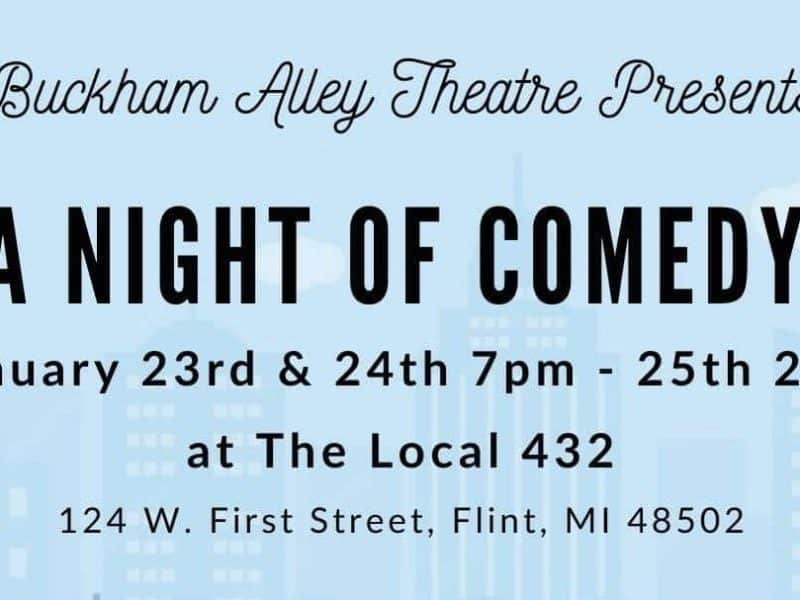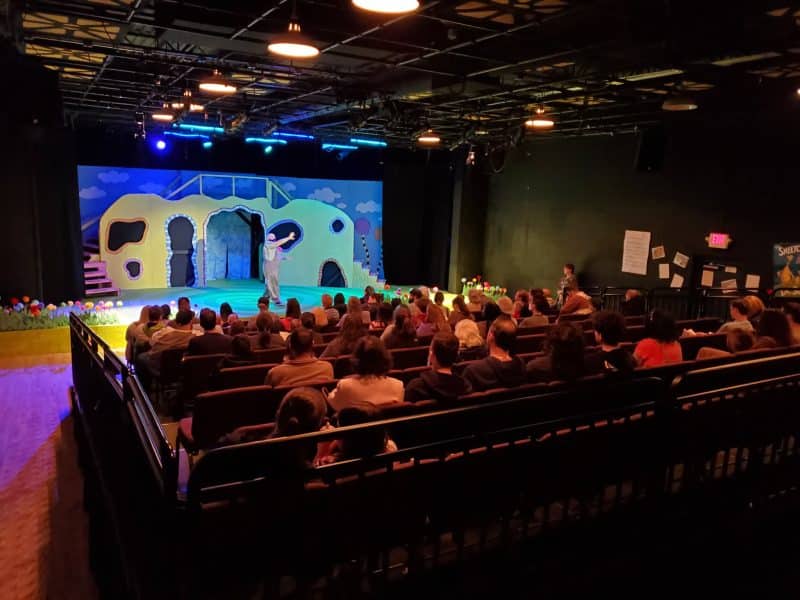What to watch in 2021 in Flint? Start with the music.
Flint's music scene exploded nationally in 2020. Flintside is proud to have profiled many of the artists having success and putting Flint on the map.
FLINT, Michigan — During one of many quarantine conversations with my kids, reminiscing about my own experiences in elementary school, I made a comment about art class. Having a friendly, hippie-ish art teacher push a cart full of paint and modeling clay into our classroom once each week when I was in kindergarten-through-sixth grades remains one of my fondest school memories. My kids looked at me like I was crazy, though. My son is in fourth grade, my daughter is in first, and they’ve never experienced art class as part of their school day as I knew it in mine.
That revelation isn’t shocking, of course. Art and music programs are among the first things cut from the curriculum when school budgets get tight. Media is no different. I worked at the Flint Journal in the mid-2000s when the parent company began massive rounds of buyouts and layoffs, and among the first cuts there and newsrooms like it around the country were to resources devoted to covering arts and culture.
The conventional thinking that causes schools to prioritize certain core subjects over the arts, to the detriment of students, also damages the news industry and the communities they cover. It is a value judgement and gatekeeping — a small number of people running news organizations have decided that certain areas of coverage are more important than others, and that thinking has basically been adopted by news outlets of all sizes nationwide.
Kevin Mays, owner of Flint United, the city’s new professional basketball franchise, asked on Twitter recently, “How much do we think journalism plays into a city’s mainstream marketability?”
The truth? A lot. And journalists may not like that answer, or may not consider a city’s perception their responsibility. But gatekeeping the topics that get covered or deciding what is more important often has a detrimental impact on Flint and communities like it everywhere. When crime and government controversy are the only topics you consistently invest coverage and resources into, is there any question as to why a perception that a place is defined by being dangerous or mismanaged proliferates over years and even decades?
This is not an argument against covering crime, or who is suing or recalling who on Flint City Council this week, of course. I live here, pay taxes here, and am grateful for reporters like Flint Beat‘s Amy Diaz or the Flint Journal‘s Ron Fonger, who do exceptional work covering hard news in the city.
But here’s what arts and culture coverage as a beat does for a city: it provides nuance, balance, and humanity. Crime and corruption coverage have a dehumanizing impact on communities. It makes it easy for outsiders to take shots at the community. It makes it easy to forget or overlook the people who live here and love living here. Treating local arts and culture as a frivolity, or a luxury that can be covered only when or if you have the staff resources to do so, does an incredible disservice to readers.
Art, music, creativity, and just flat-out hustle are the heartbeat of Flint. You can’t back-burner coverage of those topics and still profess to capture the spirit of the city. It’s impossible. I am immensely proud of the work Flintside‘s team does in shining a light on the people and voices who make this city shine.
We may never be able to tell every story about every individual artist, musician, or maker in the city. But we can try, and here’s what I’m proudest of from our coverage in 2020 — when Flint rap music started blowing up nationally, Flintside had already been covering it every step throughout the year.
Earlier this month, Alphonse Pierre wrote about Michigan rap, including Flint’s Rio Da Yung OG, YN Jay, Louie Ray, and RMC Mike for Pitchfork Magazine. But Flintside’s Jameson Draper had already covered those and several others responsible for Flint’s booming rap scene in October. We profiled Louie Ray last January. I ran across the street from Blackstone’s downtown to buy a t-shirt from YN Jay while he filmed a video, and a few weeks later he was working with Lil Uzi Vert.
Flintside’s Xzavier Simon has written beautiful features on Jon Connor, Jada Ali, Ace Gabbana, Jeff Skigh, Matthew Wiley, and Brelia Renee this year, with several more profiles in the works already for 2021. Connor even talked with Xzavier extensively about his experiences with Dr. Dre’s Aftermath label, something he had yet to do on the record with any media outlet.
Tia Scott covered the influence and legacy that Flint’s best-known rapper, MC Breed, continues to have on the newest generation of rappers in the city. Tia also moderated a discussion about a documentary about Flint rap that debuted in December at the Detroit Free Press Film Festival entitled, Breed & Bootleg: Legacy of Flint Rap.
Another proud moment as editor of Flintside came when BeatsXBeers, the What’s Up Downtown Project, and Comma Bookstore and Social Hub presented the first episode of Un:Tapped, a virtual variety show featuring Flint musicians, artists, chefs, and other creators, and nearly everyone affiliated with the first episode had been profiled by Flintside, including rapper This Life. We Lead., Branden Corder, DJ Smuvi, Tony Vu, James Thigpen Jr., Kady Yellow, and Egypt Otis.
Flint’s foundation has always been the creativity, persistence, and resilience of the people who live here. I am immensely proud to work with writers and photographers at Flintside who continue to understand the value of those stories and bring them to life on our website and in our newsletter, and I look forward to bringing them to your inbox each week.
Our entire team wishes all of you a healthy 2021 full of achieving dreams and goals. Thank you, as always, for reading Flintside.

